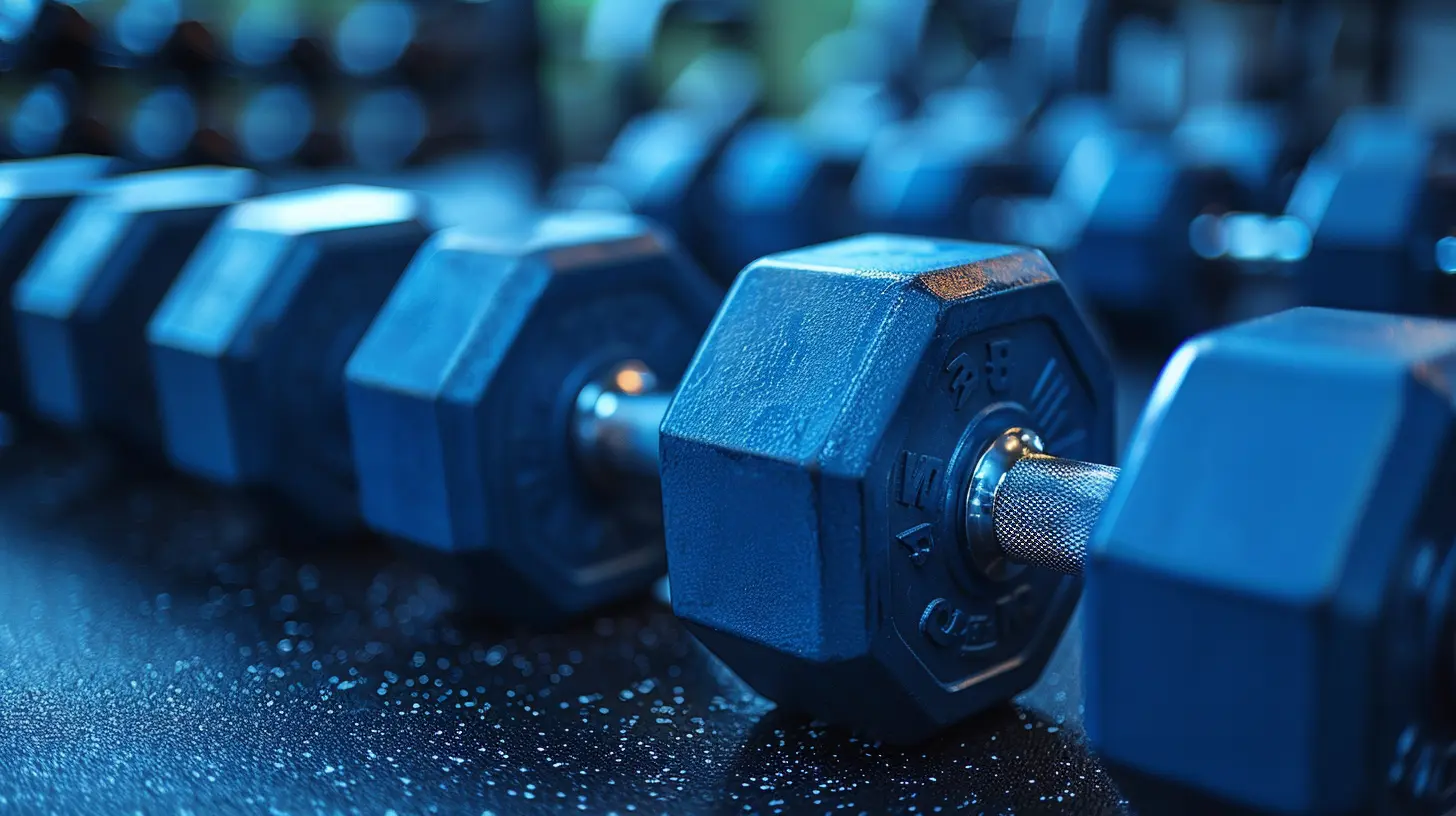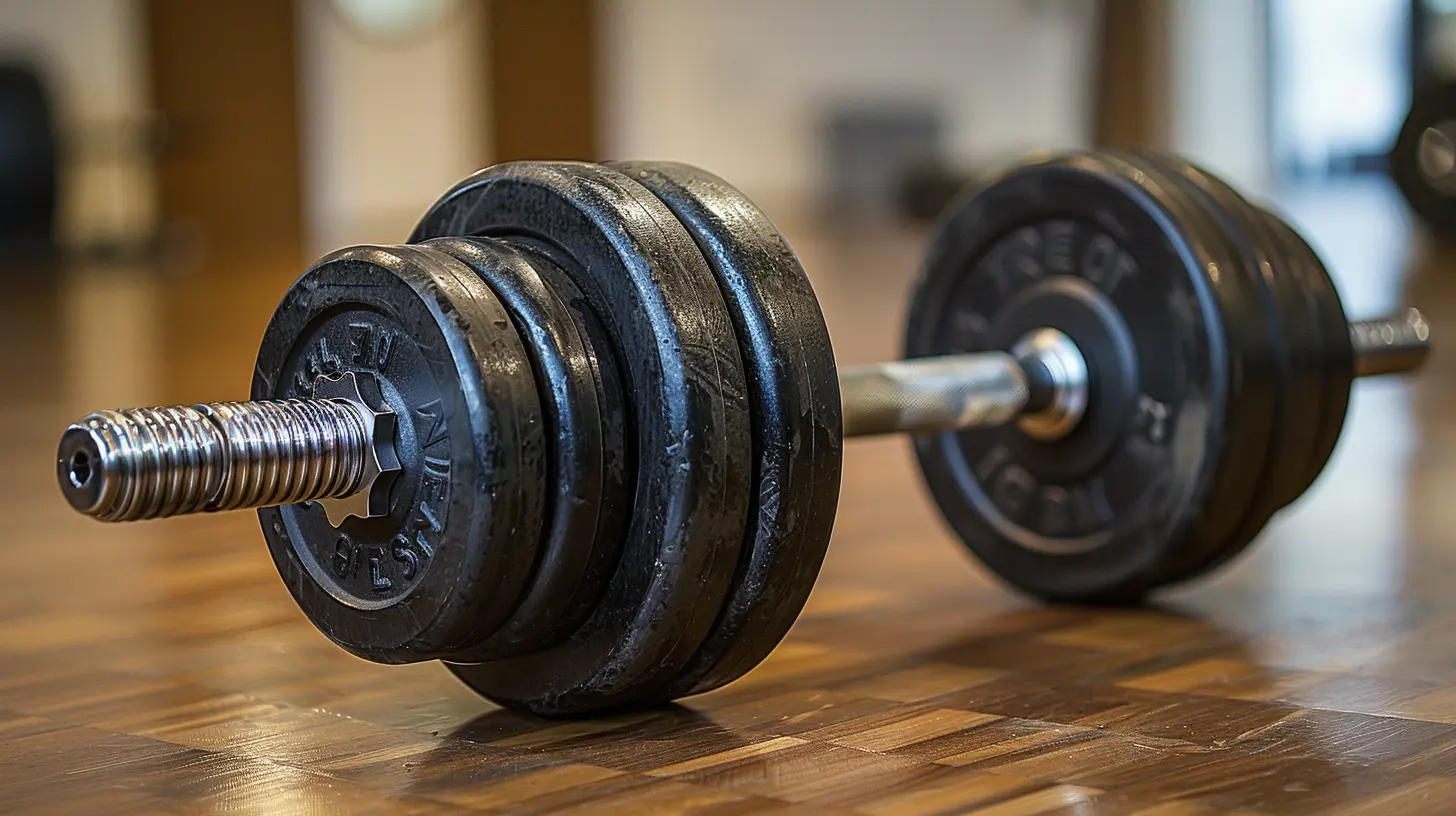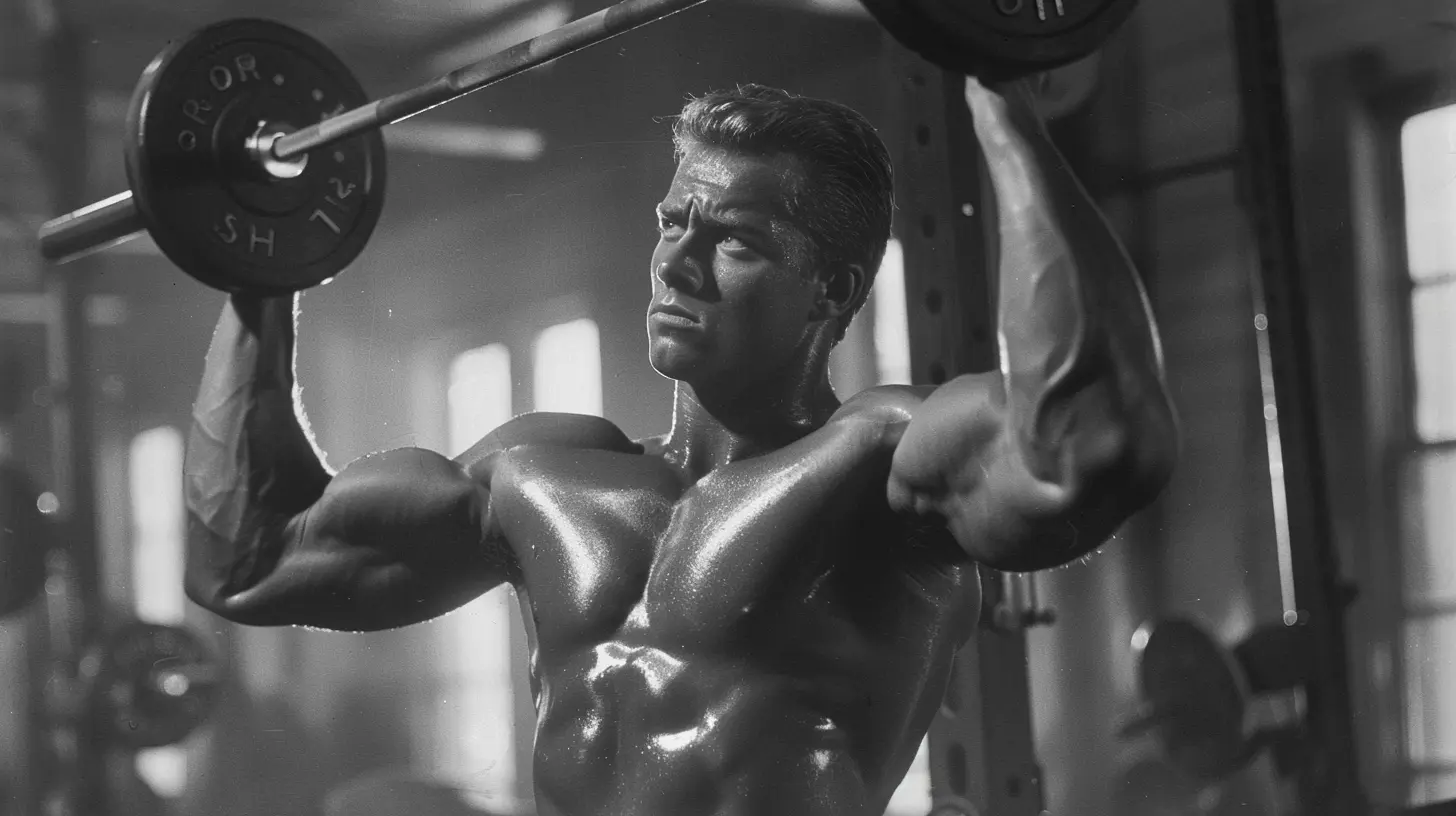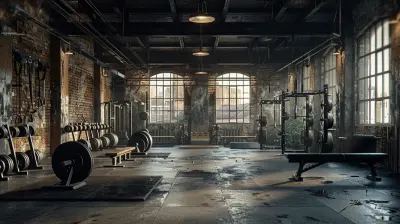The Benefits of Lifting Heavy vs. Lifting Light with More Reps
31 August 2025
When it comes to strength training, there's a long-running debate: should you lift heavy with fewer reps, or lift lighter weights with more reps? Walk into any gym, and you'll hear conflicting opinions. Some swear by heavy lifting for muscle growth and raw power, while others argue that higher reps with lighter weights enhance endurance and sculpt lean muscle.
So, which one is better? The truth is, both have their benefits depending on your fitness goals. Let's break it down so you can determine which approach works best for you.

Understanding the Basics
Before we dive into the pros and cons, let's clarify what each style of lifting entails:- Lifting Heavy (Low Reps) – This involves using weights that are challenging for 4-8 repetitions per set.
- Lifting Light (High Reps) – Here, you use a lighter weight that allows for 12-20 repetitions per set, or even more.
Both methods work your muscles, but they do so in different ways. One focuses more on strength and power, while the other targets endurance. 
The Benefits of Lifting Heavy
Lifting heavy isn’t just about showing off how much weight you can move—it actually offers a range of benefits for your body and overall fitness.1. Increases Muscle Mass (Hypertrophy)
If you’re looking to build bigger muscles, heavy lifting is the way to go. When you lift heavier weights, your muscle fibers undergo greater stress, causing small tears that repair and grow back stronger. This process, known as muscular hypertrophy, helps increase muscle size over time.2. Boosts Strength and Power
Training with heavier loads forces your muscles to adapt by becoming stronger. Powerlifters and athletes who rely on explosive strength (such as sprinters and football players) prioritize heavy lifting to improve their overall power output.3. Burns More Calories Post-Workout
Ever heard of the "afterburn effect" (also known as excess post-exercise oxygen consumption, or EPOC)? Lifting heavy weights increases your metabolism long after your workout ends, meaning you’ll continue burning calories even while at rest.4. Enhances Bone Density
Lifting heavy isn’t just good for your muscles—it benefits your bones, too. Resistance training stimulates bone growth and helps prevent conditions like osteoporosis, especially as you age.5. Improves Neuromuscular Coordination
Lifting heavier weights requires a strong connection between your brain and muscles. Over time, this improves neuromuscular coordination, making everyday movements smoother and more efficient.6. Builds Mental Toughness
Lifting heavy isn't just a physical challenge—it also pushes your mental limits. Struggling to hit that last rep? That’s where mental grit comes in. Pushing past self-imposed limits helps build discipline and resilience in all aspects of life.
The Benefits of Lifting Light with More Reps
Lifting lighter with higher reps isn’t just for beginners or those afraid of bulking up. It has its own impressive benefits, especially if your goals are centered around endurance, muscle definition, and overall fitness.1. Improves Muscular Endurance
If you want your muscles to last longer during workouts or daily activities, high-rep training is your best friend. It trains your muscles to sustain effort over time, which is crucial for athletes, runners, and anyone who wants to avoid fatigue quickly.2. Enhances Muscle Definition and Toning
While lifting heavy builds muscle mass, high-rep training helps define and sculpt your muscles. This is ideal for those who want a lean, toned look rather than sheer size.3. Reduces the Risk of Injury
Heavier weights put more strain on your joints and connective tissues. If you're prone to injuries or recovering from one, lighter weights allow you to strengthen your muscles without excessive stress.4. Better for Endurance Athletes
If you're into cycling, running, or swimming, endurance matters more than max strength. Higher reps help improve stamina, allowing you to maintain sustained effort for longer periods.5. Improves Cardiovascular Fitness
Performing more reps with lighter weights at a fast pace can turn your strength session into a cardio workout. This helps improve heart health and burns extra calories, making it a great option for weight loss.6. Less Strain on the Nervous System
Lifting heavy takes a toll on your central nervous system. If you’re lifting heavy too often, you might experience fatigue or burnout. High-rep training is less demanding on your nervous system, allowing for more frequent workouts with shorter recovery times.
So, Which One Should You Choose?
The truth is, neither approach is superior—it all depends on your goals. Here’s how to decide:- If you want to build size and strength: Focus on lifting heavy with lower reps.
- If you want endurance and toning: Stick to lighter weights with higher reps.
- If you want the best of both worlds: Incorporate both into your training routine for a balanced approach.
How to Incorporate Both Training Methods
The best training programs often combine heavy lifting and high-rep work to maximize benefits. Here’s a simple way to structure your workouts:1. Alternate Between Heavy and Light Days
- Day 1: Heavy lifting (low reps, high weight)- Day 2: Lighter weights with higher reps
- Day 3: Rest or active recovery (yoga, walking, stretching)
- Repeat the cycle
2. Use a Hybrid Approach
A great strategy is to start your workout with heavy compound movements (like squats or deadlifts) to build strength, then finish with higher-rep isolation exercises (like bicep curls or tricep extensions) to boost endurance and definition.3. Follow Periodization Training
Periodization involves cycling between phases of heavy and light lifting to prevent plateaus and keep progressing. Example:- Phase 1 (Weeks 1-4): Higher reps, lighter weights
- Phase 2 (Weeks 5-8): Lower reps, heavier weights
- Phase 3 (Weeks 9-12): Mix of both
Final Thoughts
At the end of the day, there’s no one-size-fits-all answer. If you're aiming for bigger and stronger muscles, lifting heavy is your go-to. If endurance, toning, and joint health are your priorities, lighter weights with higher reps will serve you well. However, mixing both into your training can offer the best of both worlds.Whatever you choose, consistency is key. Stick with your routine, challenge yourself, and most importantly—have fun with it! The best workout is the one you enjoy and stick to in the long run.
all images in this post were generated using AI tools
Category:
Strength TrainingAuthor:

Everett Davis
Discussion
rate this article
1 comments
Felicity Edwards
Lifting heavy builds strength; light promotes endurance.
September 11, 2025 at 4:32 AM

Everett Davis
Both heavy lifting and lighter weights with higher reps offer unique benefits. Heavy lifting builds maximal strength, while lighter weights enhance muscular endurance. Incorporating both can provide a well-rounded fitness routine.


